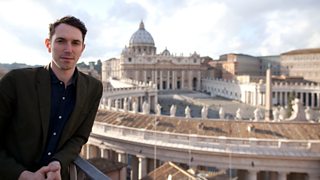吉納維芙·拉波特(Genevieve Laporte,1926年– 2012年3月30日)是法國慈善家,紀錄片導演,藝術家榜樣,詩人和十六本書的作者。 她以1950年代巴勃羅·畢加索(Pablo Picasso)的最後戀人之一而聞名。 2005年,她拍賣了畢加索送給她的20幅作品,其中許多是她的肖像。
內容
1生活
1.1畢加索
1.2工作與成就
2參考
3外部鏈接
Laporte was born in Paris.
Picasso[edit]
Reportedly she met Picasso as a teenager during World War II, finding common ground in poetry. She was in her mid-twenties when the affair began in 1951, although Picasso was nearly 50 years older than she was and had recently fathered two children with
Françoise Gilot. Some
art historians and museums carrying Picasso's work have dubbed the paintings he made around that time the
"Genevieve Period", as many of them feature
symbolic tributes to his model and
muse as well as dedications "To Genevieve". Picasso wanted Laporte to move in with him after Gilot left him in 1953, but she refused — which, she was told by
Jean Cocteau, "saved her skin".
[1] In 1959 she married a fellow Parisian
resistance fighter instead.
She was perhaps most famous for auctioning off 20 works, many with her as a subject, which were bestowed upon her during the secret love affair with Picasso in the 1950s. The auction occurred in June 2005. With the money earned from the auction she created a
foundation "Genevieve Laporte de Pierrebourg, pour la defense de la nature et des animaux", with agreement of the
Fondation de France.
Pablo Picasso, La chevelure (Geneviève Laporte) - 1951
Work and achievements[edit]
She made 18 documentary films in Africa, and the
Académie française awarded her a prize in 1999 for a volume of poetry. Laporte wrote sixteen books, four of which are on Picasso:
- Si tard le soir le soleil brille (1973)
- English translation: Sunshine at midnight (1974)
- Un amour secret de Picasso (1999)
- Du petit Pablo au grand Picasso (2003)
- Le grand Picasso (2004)
Her final book was Du petit Wolfgang au grand Mozart (2006).
References[edit]
External links[edit]









